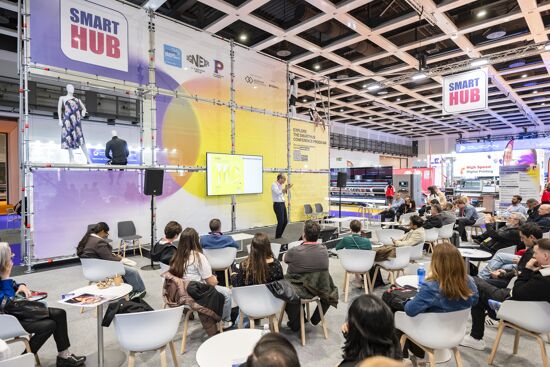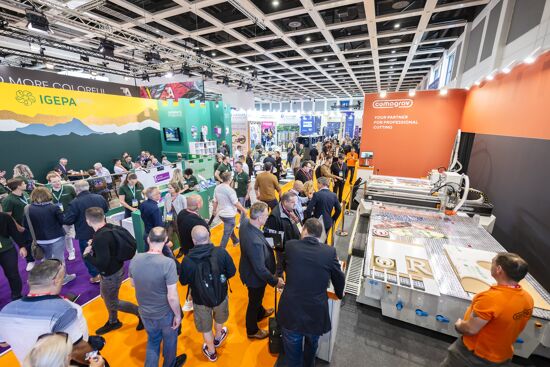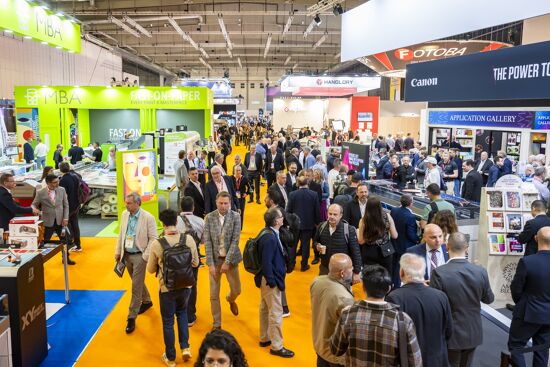Message from Katowice and the Conference of the Parties

Laurel Brunner discusses the topics featured in the Conference of the Parties that took place in Katowice, Poland in December 2018. The topics included sustainable mobility, the circular economy, energy transitions and climate finance.
It’s not an easy thing to get excited about the Conference of the Parties (otherwise known as COP) talkfest. The conference recently took place in Katowice, Poland. Although annual meeting seems to be slow moving, progress is being made to address climate change mitigation. Unfortunately, the graphics industry does not pay much attention to the COP outcomes. However, that doesn’t mean that they are not worth paying attention to.
THE COP features talks on big topics, particularly those that appear to be too big to solve or too remote to reach. But, they are reachable. This year’s conference featured 4 main topics: sustainable mobility, the circular economy, energy transitions and finally climate finance. The Verdigris Project has championed the circular economy and has encouraged the idea of energy transitions for a long time. The big issue of climate finance is not something Verdigris has spent much time on, however it is important and should be of interest to industry associations. They are well situated to work with local governments to invest in the graphics industry with an aim to encourage funding for projects that minimise overall impacts on climate change.
The Sustainable Innovation Forum is a COP affiliated event. This event brought together technologists and policy makers from all over the world and attracted 600 participants to its sessions. Perhaps the Forum’s most important announcement was the availability of the World Green Economy Report 2018, from the University of Cambridge Institute for Sustainability Leadership (CISL). The report describes what businesses, banks and governments can do to move towards a more sustainable world. For businesses the suggestions are to organise the company in a way that it has an environmentally cognisant strategy and business model that targets and environmentally sound operational practices and decisions. Banks can invest for the long-term and recognise that environmental investments should be priced accordingly and create financial structures that suit sustainability in a more cost-effective manner.
Governments should be leading this, setting and supporting realistic and achievable targets. They should fix externalities with local policies that also drive socially useful innovation. They could make a solid start by reviewing and bringing into view waste collection, sorting and recycling.
Yes, the COP is wonky for a majority of graphics professionals, however this industry must do more to better its environmental accountability if it’s to have a healthy and sustainable future.
Technologists, manufacturers, service providers and their customers should all be working together to guarantee that initiatives are collaborative and supportive, and that rules and regulations safeguard sustainable futures. Inevitably, this work is about compromise and cooperation, but ultimately it will lead to improvements in how the graphics industry functions and how it is perceived.
Source: This article was produced by the Verdigris project, an industry initiative intended to raise awareness of print’s positive environmental impact. This commentary helps printing companies keep up to date with environmental standards, and how environmentally friendly business management can help improve their bottom lines. Verdigris is supported by the following companies: Agfa Graphics, Spindrift.click, EFI, FESPA, HP, Kodak, Kornit Digital, Ricoh, Splash PR, Unity Publishing and Xeikon.
Topics
Interested in joining our community?
Enquire today about joining your local FESPA Association or FESPA Direct
Recent news

Industry Experts Explore the Evolution of Smart Manufacturing in the Textile Industry
A FESPA SmartHUB roundtable at Personalisation Experience 2025 discussed smart manufacturing's transformative impact on the textile industry. Experts highlighted the shift to on-demand customisation, driven by digital printing, data analytics, and automation. Key takeaways included enhanced machine control, significant waste reduction through intelligent software and colour management, and improved sustainability via energy efficiency and near-shoring, ensuring agility and environmental responsibility in textile production.

FESPA 2025 gathers leading visionaries from across the speciality print industry in Berlin
FESPA Global Print Expo 2025, European Sign Expo and Personalisation Experience (6 – 9 May 2025, Messe Berlin, Germany) welcomed Visionaries from across the speciality print industry to shape the future of print, develop forward-thinking business strategies, and explore innovative ways to translate emerging industry trends into tangible growth opportunities.

Exploring Cutting-Edge Textile Printing Innovation with Adobe Print Engine 7
Adobe PDF Print Engine 7, launched at FESPA Global Print 2025, significantly advances textile printing. Debbie McKeegan shares how it automates non-white substrate management and RGB colour handling, expands colour gamuts with in-RIP multicolour transparency blending, and streamlines workflows for efficiency and sustainability. This update boosts customisation, reduces waste, and positions businesses at the forefront of digital print innovation.

FESPA Global Print Expo 2025 - Overall Highlights
FESPA Global Print Expo, Europe's leading print and signage exhibition returned to Messe Berlin from 6 - 9 May 2025.